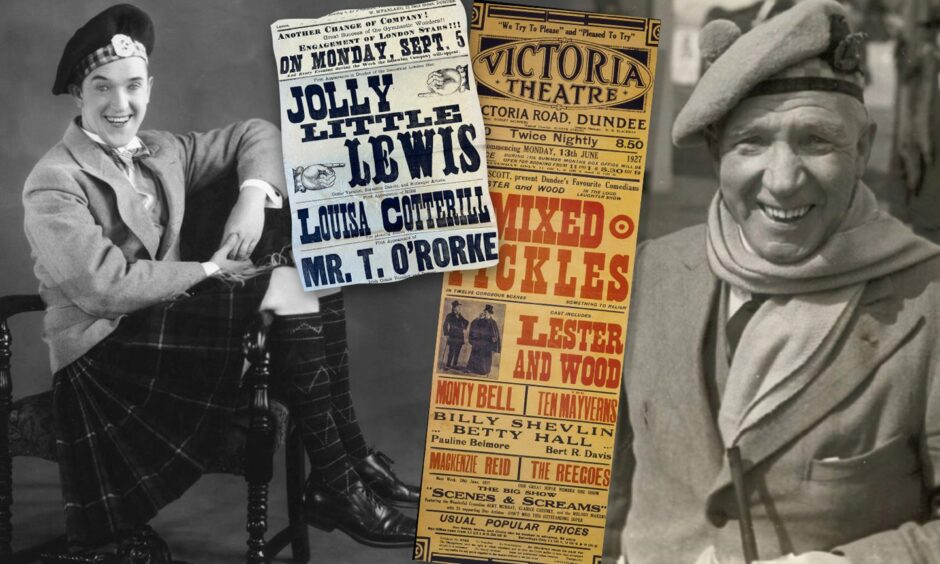
Music hall’s leading artistes were the A-list celebrities of the time.
Stage stars Marie Lloyd, George Leybourne, Sir Harry Lauder and Will Fyffe, as well as film legend Stan Laurel, were among those who trod the boards right here in Dundee.
Now they will return for a final encore.
Dr Billy Rough from the University of St Andrews is bringing the ghosts of theatres past back to life with a talk exploring the forgotten story of Dundee’s music hall history.
Dr Rough said: “In the 19th Century music hall was the pre-eminent form of theatrical entertainment in Britain.
“Immensely popular, its history tells us much about the cultural life of the time, and its legacy can still be felt today.
“Whilst the music halls of London have warranted valuable study, the history of such venues outside of the capital remains relatively neglected but equally worthy of research.”
Superstars of a bygone age
Dr Rough will shine a spotlight on some overlooked stories and the value of archives in music hall research, as well as revealing histories of buildings still found in the city.
There was a large number of stars who performed in Dundee.
Beyond the more unfamiliar names such as Pongo the Man Monkey, the Donkey ping-pong, and the Laurence Troupe of lady cyclists were more familiar names such as Marie Lloyd, George Leybourne, Sir Harry Lauder, and Will Fyffe.
George Leybourne, whose most famous song was Champagne Charlie, performed in March 1867 at the Alhambra in East Dock Street.
The Alhambra was an old circus building built in the 1860s and located roughly just east of the recently converted Maritime House on Dock Street, and could easily welcome over 3,000 visitors.
Harry Lauder was a regular in the city, as too was that most famous Glaswegian, the Dundee-born Will Fyffe, who wrote the song I Belong To Glasgow.
In the late 19th Century and early 20th Century the city also welcomed two of the biggest stars of the day, Marie Lloyd and Sir George Robey.
Both performed at The Gaiety Theatre in Victoria Road, later known as the Old Vic Cinema, and were booked by the theatre’s female manager, Lillie Williams.
One of Britain’s greatest music hall comedians, Sir George was known as the Prime Minister of Mirth.
He even took time out before performing to play in a charity match at Dens Park in February 1909 where he scored four goals and should have scored more.
Marie Lloyd too was a huge draw, performing at The Gaiety in February 1908.
Known for her innuendo-laden songs such as Oh You Wink the Other Eye and A Little of What You Fancy, Lloyd was encouraged with several encores.
Stan Laurel went down a storm
Probably the most famous future star to appear on the Dundee stage was Stan Laurel.
Aged only 18, and performing under the name Stan Jefferson, he performed in a series of sketches at the People’s Palace in 1908 and was enthused by the reception he and the repertory company got from the public.
Dr Rough said Laurel also played the King’s Theatre in December 1909, which took place only a few weeks before Laurel met fellow future film star Charlie Chaplin in Liverpool in January 1910 and the two headed off to America as part of Karno’s troupe.
Throughout the city’s music hall and theatre history one name dominates, though, that of the Lancashire-born William McFarland.
McFarland dominated the city’s theatre sector in the latter half of the 19th Century, managing the Alhambra Music Hall in Dock Street, the Dundee Music Hall and Opera in Shore Terrace, McFarland’s Theatre of Varieties in Castle Street, and Her Majesty’s Theatre in Seagate until his retirement in 1891.
Fun afternoon at @DundeeLH researching Dundee’s music hall history through their fascinating poster collection. Talk coming soon too @musichallsoc ! #musichall #history #dundee #research pic.twitter.com/f2Pak1nqz3
— Dr Rough (@Billy_Rough) April 19, 2023
As Dr Rough notes: “William McFarland was such an important figure in the cultural life of Dundee in the mid to late 19th Century, dominating the theatre and music hall output of the city for nearly 30 years.
“He was an incredibly influential figure in the city and although there is little to mark his history in Dundee today, there is a fine portrait of him by Hugh Collins in the collection of The McManus.”
The Springthorpe tragedy of 1865
The story of Dundee’s music halls is a story of tragedy too.
Springthorpe’s Music Hall was based in the basement of the United Presbyterian Church in Bell Street (lately the Bell Street Music Centre) and the music hall was accessed via a set of steps on Constitution Road.
The steps are now gone, covered over by a modern extension, but it was here in early January 1865 that a horrific crush happened when nearly 100 visitors rushed to enter the hall and a large number of visitors found themselves crushed at the bottom of the steep stairs.
Twenty people lost their lives in the Springthorpe tragedy, with the youngest, Mary Robertson aged only nine and the oldest, James Knight, 63, but most of the deceased were aged between 12 and 20.
Many of the victims lived in the same street, or at least in the same neighbourhood, and in some cases were related.
One of the most heartbreaking reports was that of the identification of father and son, Joseph, 48, and Peter Sweeney, 13, by Peter’s widow Mary.
Music Hall continued into the early years of the 20th Century, but by the tail end of the First World War many of the halls were converted into cinemas, or later dance and bingo halls.
The great survivors of the age
Some still remain.
The Whitehall Theatre started out as John Young’s Alhambra Theatre in the 1890s, whilst the Tivoli Snooker Club in Bonnybank Road began life as a variety theatre and cinema in the early 1920s.
Several of the old hall buildings also still exist in the city too.
Springthorpe’s basement hall is still there in Constitution Road, whilst the location of The Dundee Music Hall and Opera is now more familiar as The Shore on Shore Terrace.
The façade of The Theatre Royal, later McFarland’s Theatre of Varieties, can still be seen too in Castle Street.
Dr Rough added: “Music hall may feel like a like a relic from the 19th Century, but in truth, the culture of the halls has never really left us.
“The majority of the buildings may be gone but the spirit of the halls remains; it’s there in the world of stand up comedy, the popularity of drag shows, and even on TV through Britain’s Got Talent.”
The art historian’s online talk will take place on Tuesday at 2pm as part of the British Music Hall Society’s Music Hall and Variety Day.
The British Music Hall Society, a registered charity, was founded in 1963 and this year the society celebrates its 60th birthday.
An exhibition of rare music hall posters, dating from the 1840s through to the early 20th Century, and held in Leisure and Culture Dundee’s Collection is planned for early 2024 in the Wellgate Library.
- Researching the story of Dundee’s Music Halls: 1846-1914 is an online talk via Zoom. Event tickets are available from TicketSource.
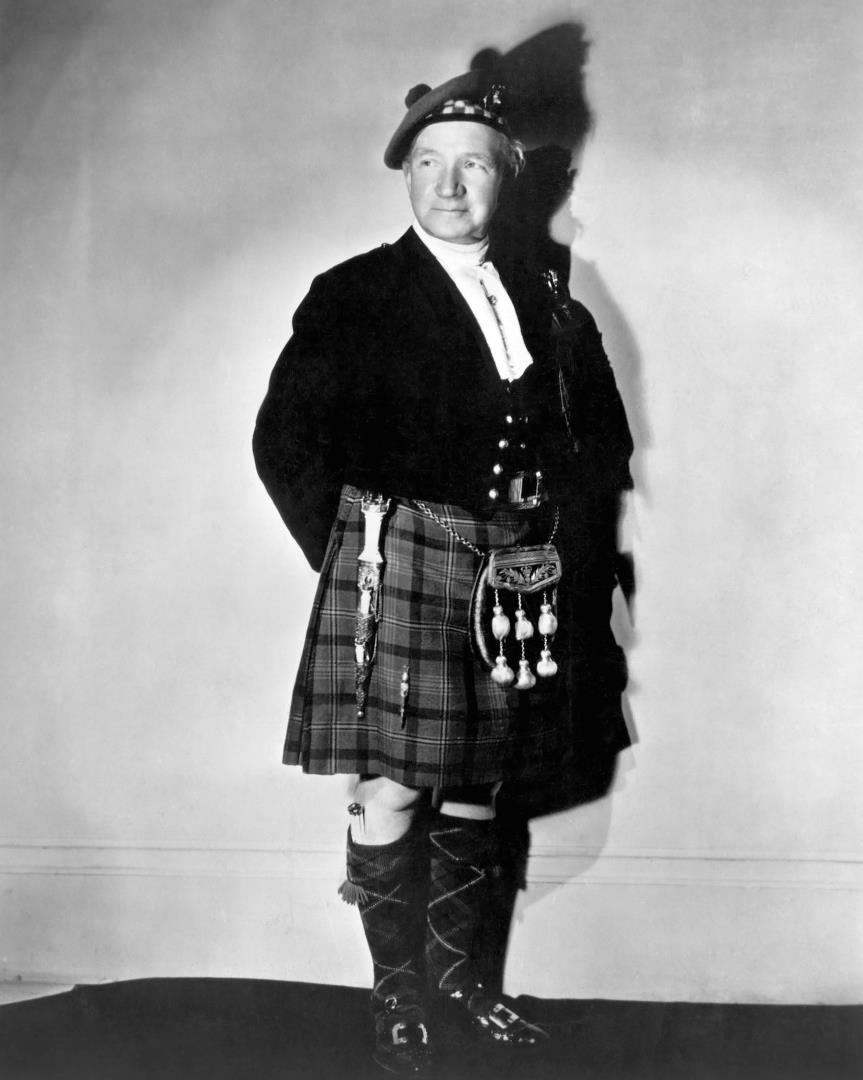
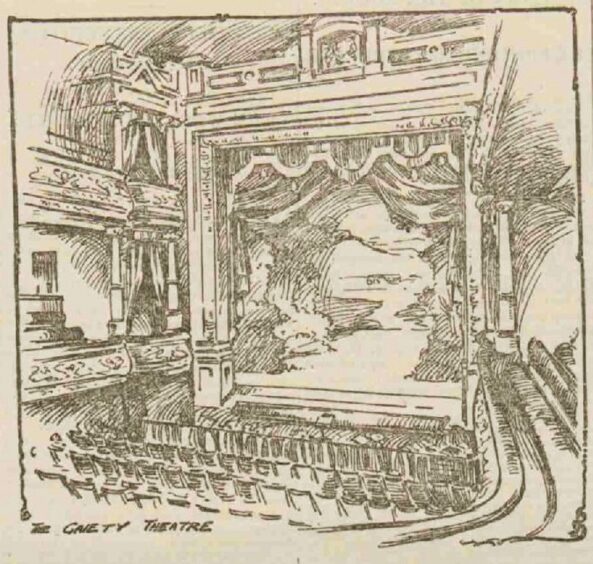
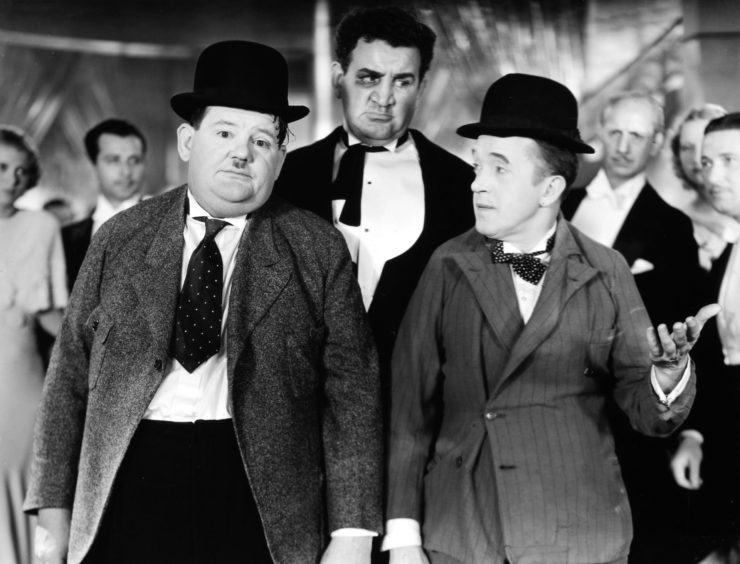
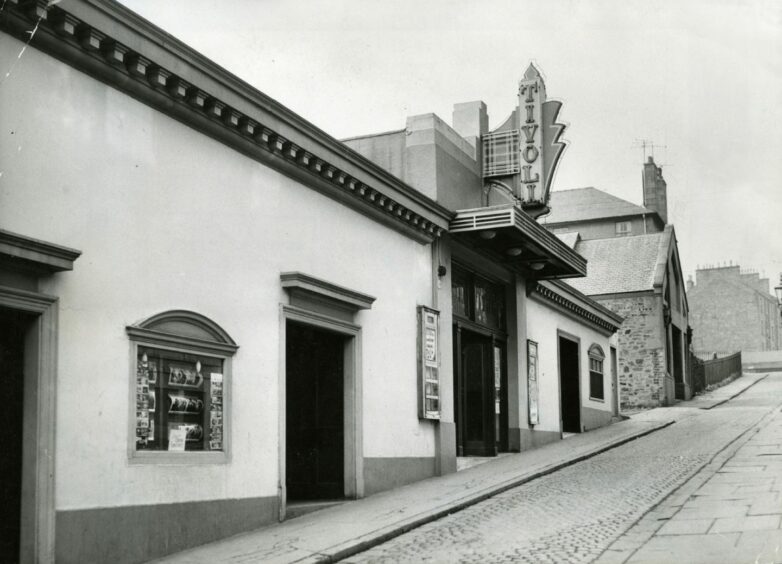
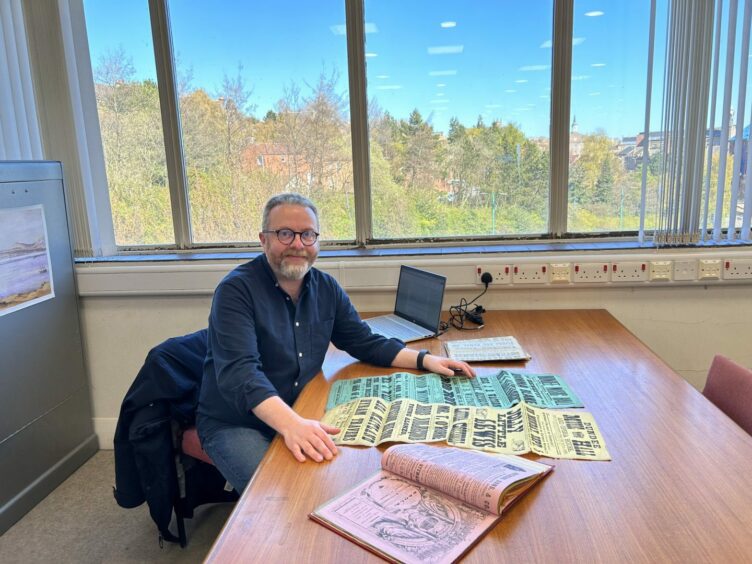










Conversation